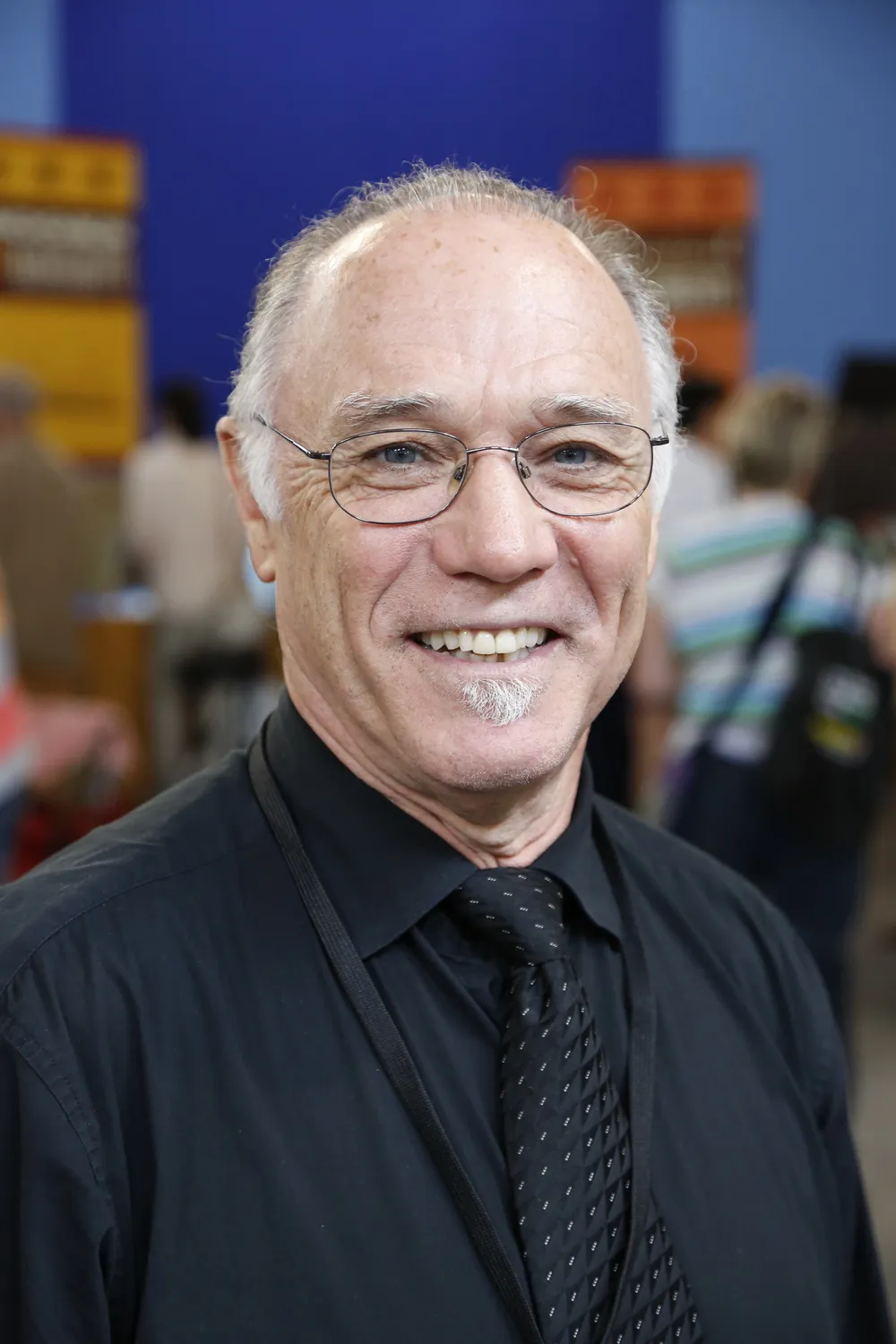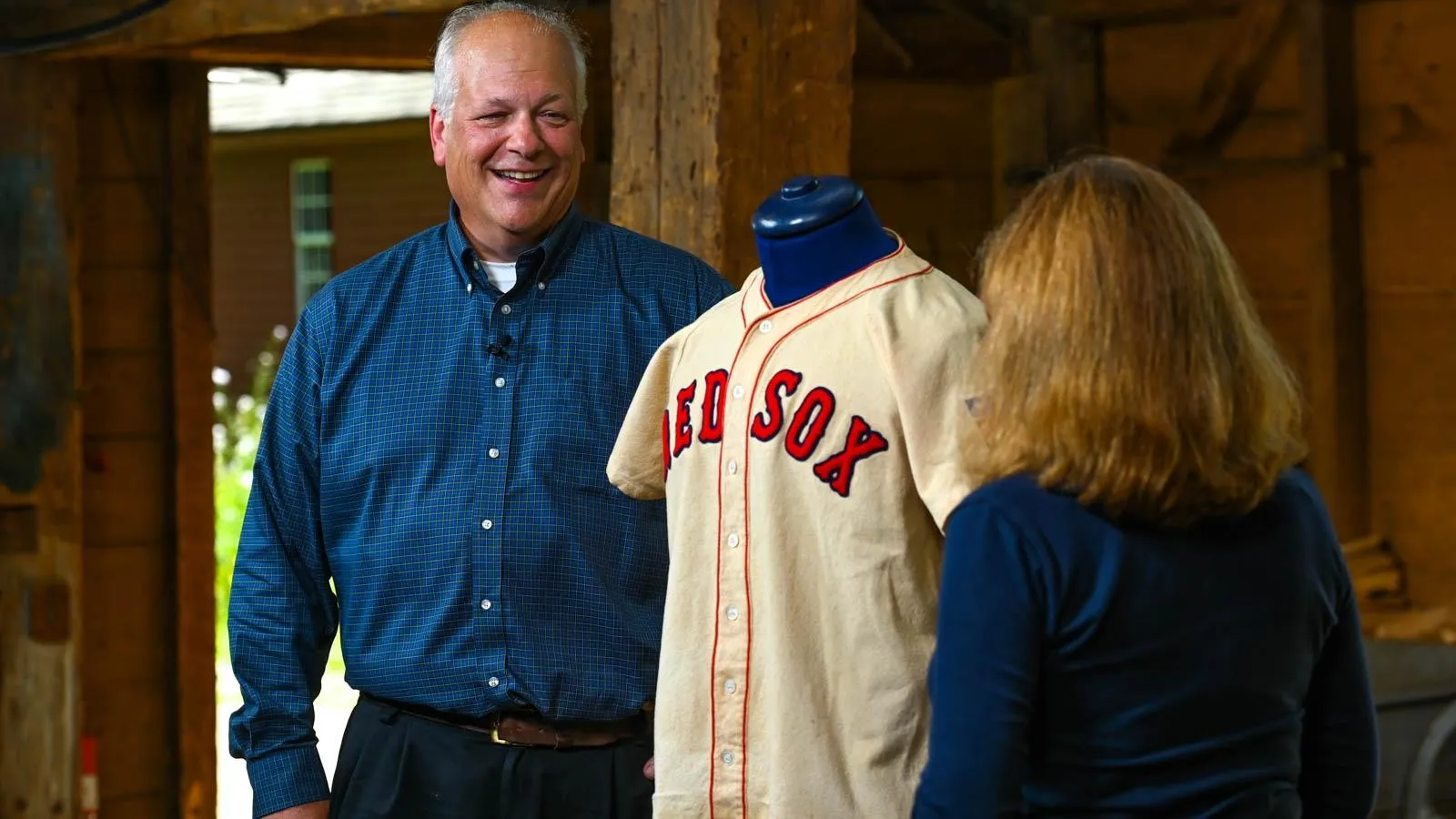APPRAISER: Somebody carved an initial "M" in there.
GUEST: That was before me.
APPRAISER: You didn't do that? (laughs)
GUEST: No. But when I was young, I played the violin. And in, uh, 1958, I was invited to join the, uh, Worcester Youth Orchestra. Uh, and my great-uncle knew the director of the orchestra, Harry Levenson, who was also my violin teacher. And Uncle Abe asked Harry if he would, uh, could find a violin for me that he could give me as a gift when I joined the orchestra. And this is the violin that, uh, he found.
APPRAISER: Yeah, this is a very beautiful violin. It was made, in my opinion, by François Breton in Mirecourt, France, around 1830. Some of the things that indicate that are, well, the, how finely it was made and how nice the varnish is. Any violin that was made before 1850 would have had a Baroque, or a shorter, neck. After 1850, they modernized, uh, violins so that they could get more volume and better sound out of them. This is, uh, many steps above what the normal high school violinist is going to acquire. This violin has about the best wood I've ever seen on a violin. The flaming maple on the back is so tight, and, uh, this is as good as it gets.
GUEST: It cost my uncle $800. Mm-hmm.
APPRAISER: Well, in 1958, $800 would have been a, a significant investment.
GUEST: Yeah.
APPRAISER: Uh, uh, today, I would, I would expect this to be hanging on the wall of a, of a, a good violin shop with a price tag of between $15,000 and $20,000...
GUEST: Wow.
APPRAISER: ...at retail. So it's really a beautiful violin.
GUEST: (murmurs)
APPRAISER: And, uh, Uncle Abe is a, a good guy.
GUEST: He was a, he was very generous uncle. (chuckles)
APPRAISER: Yeah.
GUEST: Um, and the, insurance purposes?
APPRAISER: For insurance purposes, you could probably insure it for $25,000, maybe even $30,000. It's a very fine professional violin.
GUEST: Thank you.











